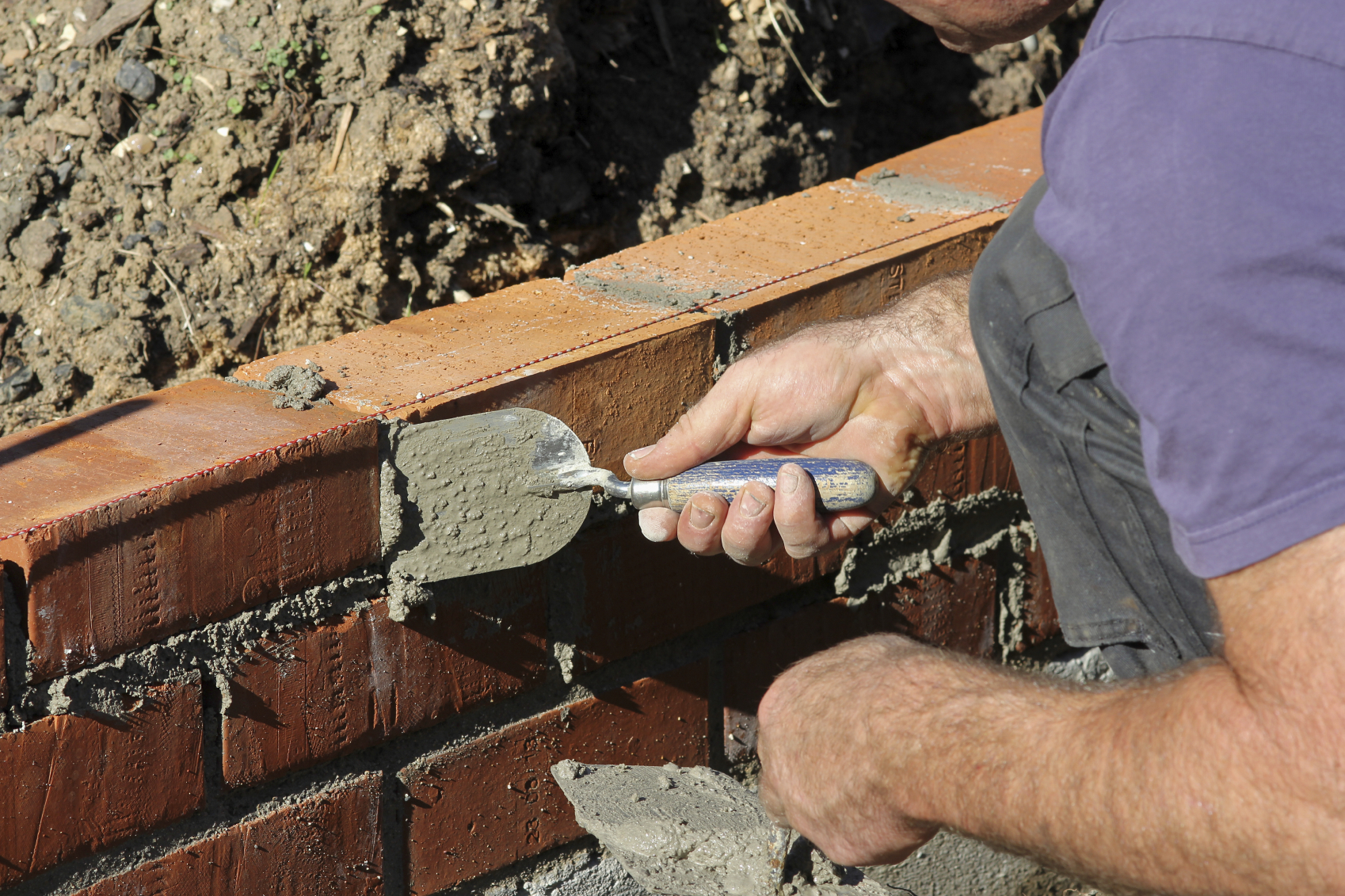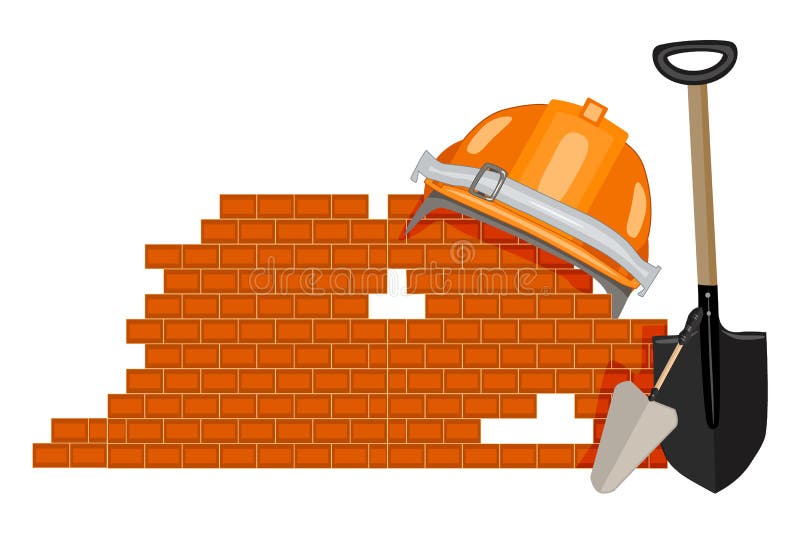The Buzz on Bricklayer Auckland
Wiki Article
Unknown Facts About Bricklayer Auckland
Table of ContentsBricklayer Auckland Things To Know Before You BuyGetting The Bricklayer Auckland To WorkNot known Facts About Bricklayer AucklandThe Greatest Guide To Bricklayer AucklandThe Definitive Guide to Bricklayer AucklandThe 7-Second Trick For Bricklayer Auckland
The scaffolding required should be planned before the job starts. It must be integrated in such away regarding create the least disturbance with various other team members. Bricks ought to always be stacked on slabs; never ever stack them straight on irregular or soft ground. Do not keep blocks on scaffolds or runways.Other than where stacked in sheds, brick piles ought to never ever be greater than 7 feet high. When a pile of brick reaches a height of 4 feet, it should be tapered back 1 inch in every foot of elevation over the 4-foot degree. The tops of brick piles have to be maintained level, and the taper have to be preserved throughout unpiling procedures.
Architectural bond describes just how the individual stonework systems interlock or link together right into a single architectural unit. You can attain structural bonding of brick as well as ceramic tile wall surfaces in among the following three methods: Overlapping (interlocking) the masonry devices. Embedding steel incorporate attaching joints. Utilizing cement to stick adjacent wythes of stonework.
The smart Trick of Bricklayer Auckland That Nobody is Talking About
Pattern bond describes the pattern developed by the stonework systems and also mortar joints on the face of a wall (Bricklayer Auckland). The pattern might arise from the architectural bond, or it may be simply ornamental and unconnected to the structural bond. Number 4-4 shows the 6 fundamental pattern bonds alike usage today.The running bond is the most basic of the 6 patterns, containing all stretchers. Since the bond has no headers, metal ties typically create the architectural bond. The running bond is made use of greatly in tooth cavity wall building and construction, block veneer walls, as well as encountering ceramic tile walls made with additional vast cot ceramic tile.
Good blocks need to not disintegrate when put in water. Just when fat lime or clay mortar is utilized or when one is forced to utilize bricks that are not well burned, this soaking guideline has actually to be loosened up.
Fascination About Bricklayer Auckland
In all instances, blocks should not be taken care of in baskets or in any type of other setting which will ruin the sharpness of their edges. A layer of mortar is spread out to cover the full width of the wall for an ideal size of the reduced program.
We press the side protruding mortar in securely to be degree with the face of the wall if it is to be left unplastered. In the typical technique embraced by several masons, a row of bricks is initial positioned on a slim layer of bed mortar leaving the cross joints vacant.


The walls are raised absolutely plumb. All programs are laid genuinely horizontal and also all upright joints really vertical.
Indicators on Bricklayer Auckland You Should Know
For this objective, a wood straight edge you could check here with college graduation giving a density of each brick training course consisting of joint can be used for guidance. For a thick wall surface, the above procedure is repeated together with both faces of the wall surface and the interior filling bricks for the thick wall surface are laid in a similar fashion.
This operation of loading open joints is termed flushing-up. It is mistakenly left out for several courses on some badly-executed work and also just done afterwards (not after every course) in an inefficient fashion. It is not a good technique and also needs to be prevented as it is vital that every program must be purged approximately the degree if good job is required.

Some Known Facts About Bricklayer Auckland.
The mortar increasing and loading the vertical joints completely and creates an extremely solid and also solid wall. This is referred to as larrying. For a rat trap bond job (as in the construction of cavity wall surfaces), if the mortar is put carelessly on the block, a few of it will come under the tooth cavities and will certainly be wasted.The face of the brickwork shall additionally be cleansed of all mortar droppings, etc(ii) When scenarios make it required to continue a part of a structure read in irregular programs, the job shall be developed back (according to the bond made use of on the job) at an angle not steeper than 45 levels so as to make certain an attire as well as effective bonding.
Or else, for faces to be plastered, finishing of the face joints need to be accomplished as reviewed in listed below (This is really important.)(iv) The wall surfaces ought to be evenly raised throughout not leaving any part one metre (three feet) less than the various other - Bricklayer Auckland. A day's work must not be more than 1.
What Does Bricklayer Auckland Do?
When the facework is to be later plastered or the joints alone are to be sharp, the joints need to be raked while the wall surface is being constructed. Bricklayer Auckland. It ought to be raked to a minimum deepness of 12 mm by a raking device during the progression of the work itself, when the mortar is still eco-friendly.
If smudging or pointing is not envisaged, the joints should be struck flush and ended up at the time of laying itself, as already mentioned. Half-brick wall surfaces have a tendency to crack unless treatment is taken in its building. Brickwork in half-brick stonework is to be executed with stretchers in 1: 5 mortar.
Report this wiki page